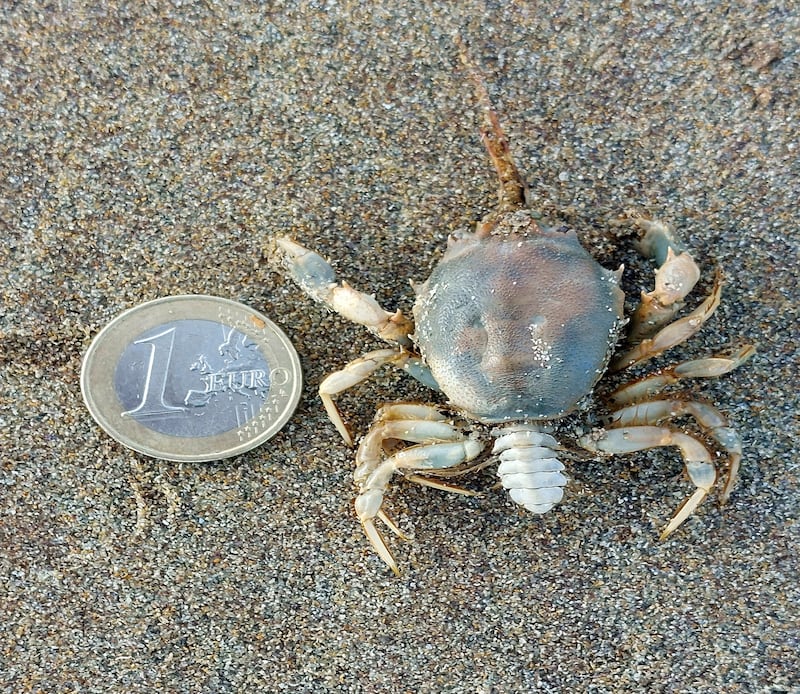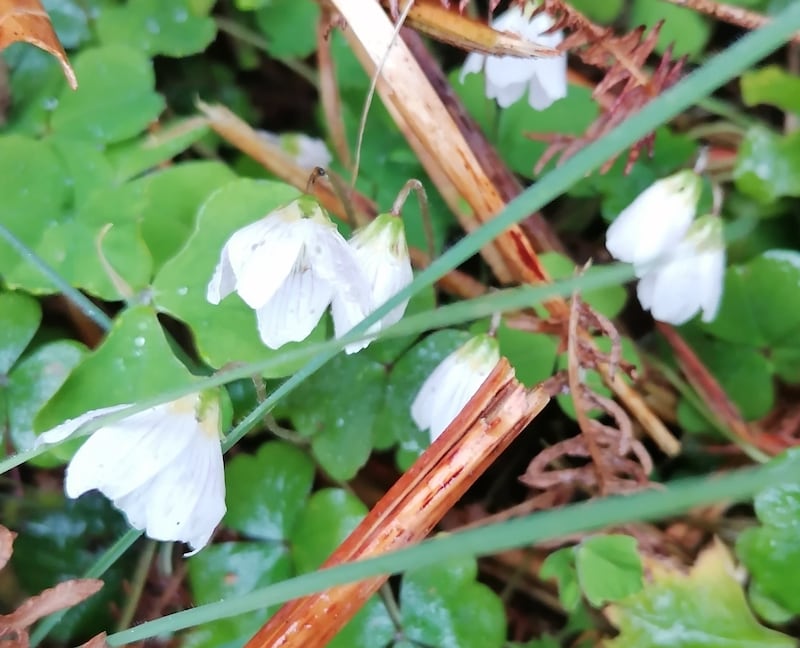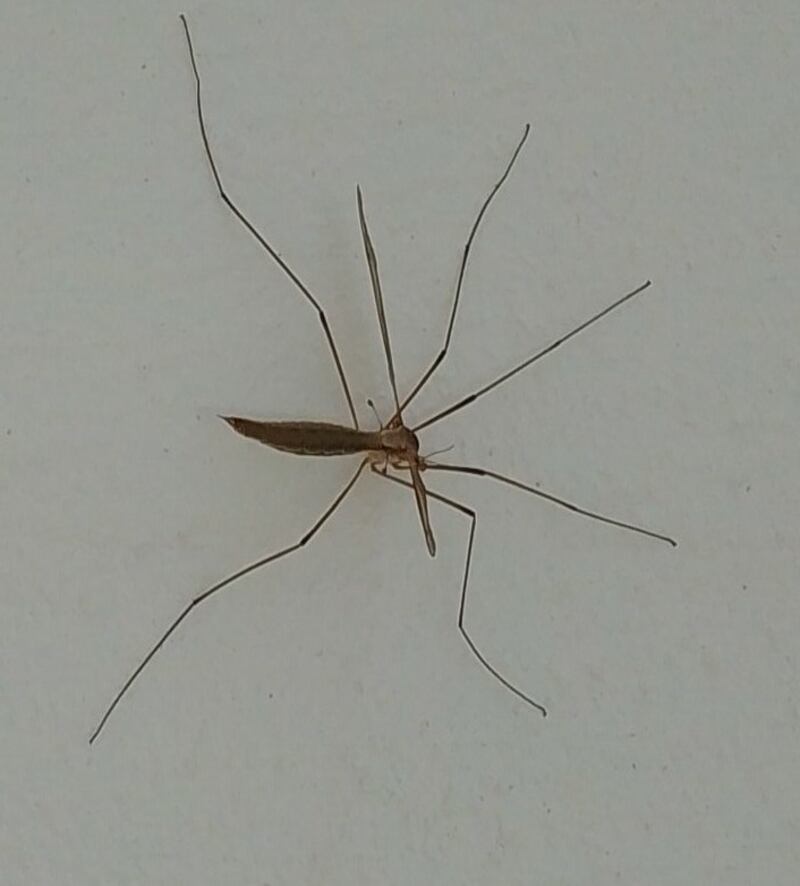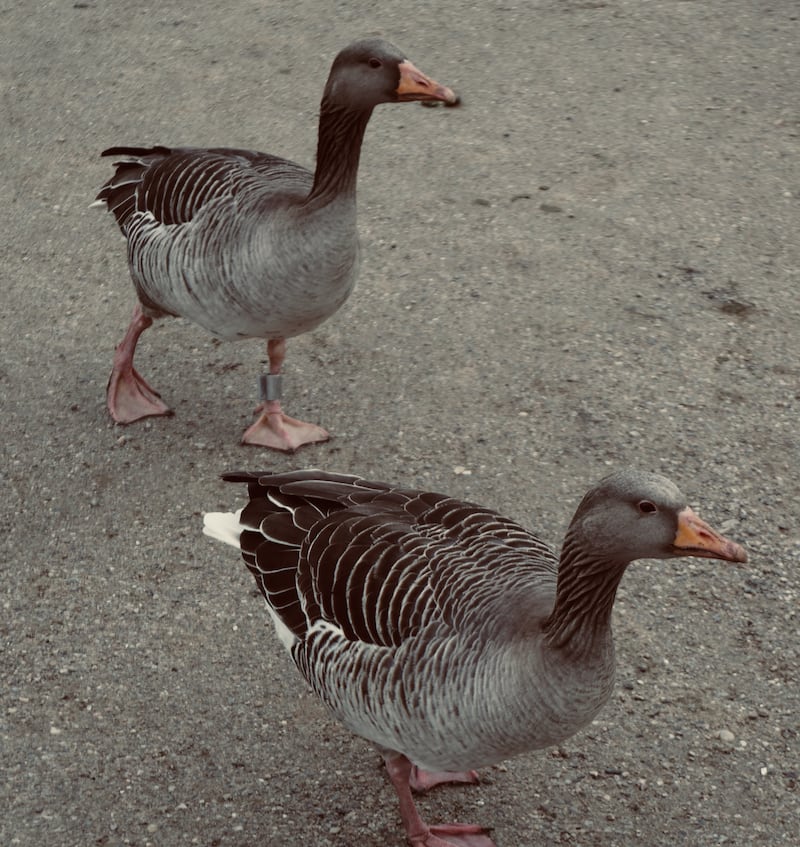The shoreline in Irishtown was dotted with lots of these hollow little specimens a few weeks ago. Any ideas what they are? Oisin McPhillips, Co Dublin
These are sea potatoes, so-called long ago, because, apparently, they looked like the potatoes they had then. They are actually the empty shells or tests of the heart urchin. This is a deposit feeder that lives in deep seawater, in a burrow in the sand, collecting food particles with its rows of tube feet. These tests in life are covered with dense yellow-brown spines, which fall off after death.

This fella walked across my kitchen floor recently. Do you know the name of it? Beverly Turner, Co Dublin
I do. It is a green shield bug, part of a large group of sucking insects that include greenflies. These insects have a long tube-like mouth with which they pierce plants and suck up their juices. These feed on fruit and berry-bearing deciduous trees. Another endearing characteristic is that they emit a foul-smelling liquid to deter predators and so, are also known as stink bugs.
READ MORE

I recently found the remains of this alien-like creature on Béal Bán Beach in Ballyferriter, Co Kerry. Can you identify it, please? Frank Folan, Co Clare
Kevin Flannery of Dingle Aquarium can: it is the masked crab, Corystes cassivelaunus. This is a burrowing crab of the north Atlantic, which has two exceptionally long hairy antennae held closely together, sticking out of its head. These act as a pipe to allow water with oxygen to reach the animal’s gills.

I saw these spring snowflakes on the green road in Lettermore, Co Galway, a road little travelled by humans. Paul Dunne, Co Galway
This is a lovely photograph – not of the spring snowflake, which is native to central Europe but not to Ireland – but of the wood sorrel. This elegant flower has five lilac-veined petals, borne individually on slender stems. The leaves are trifoliate and contain oxalic acid that gives them a pleasant lemony taste when eaten in moderation. It is a native woodland plant and was probably the template for the Aer Lingus shamrock logo.

This spider stood on my wall motionless for more than six hours then suddenly flew away! What type is it? Norman Lowther, Co Dublin
It is not a spider at all but an insect – a crane fly. We know it in Ireland as the daddy-long-legs. In the United States, however, they call a particular type of spider a daddy-long-legs. Every identified living thing has been given a unique Latin name, which is universally recognised and so, avoids any confusion. So, your Tipula paludosa – a fly – doesn’t feed as an adult and is now looking for a mate. Spiders, on the other hand, have eight legs, all of which are on their head, and have no wings so they cannot ever fly.

I was on holiday recently in Copenhagen and noticed these curious-looking fellas wandering around the King’s Garden. Never seen the like so was wondering if they exist in Ireland or if they are unique to Denmark and its environs. Barry Hamilton, Denmark
These are greylag geese, a species which does occur here. Several migrant flocks visit Ireland each autumn from their breeding grounds in Iceland, spending the winter at larger lakes before departing again in the spring. These true wild greylags are usually very shy and extremely wary of people so it’s difficult to get close to them. A few feral flocks, descended from domesticated greylags, remain here year-round and are generally much more tame. The ones you saw in Copenhagen were feral birds, rather than true wild ones.
Please submit your nature query, observation, or photo with a location, via www.irishtimes.com/eyeonnature














